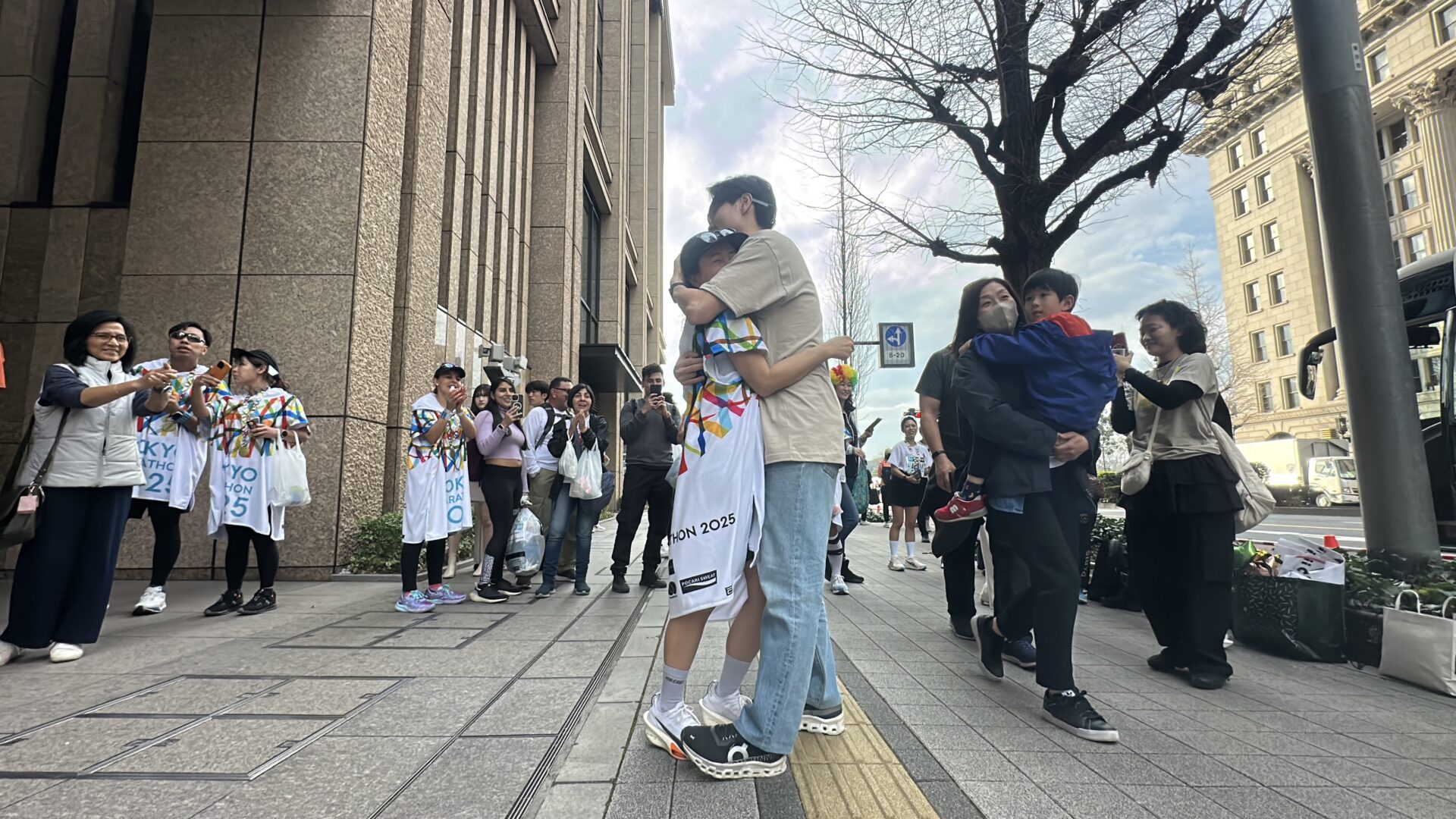Interview Relay
42 Stories of the Tokyo Marathon
〜Connecting Hearts〜
FULL Article “SHOW YOUR STORY.” Create your own stories set in the Tokyo Marathon.
- Supporters
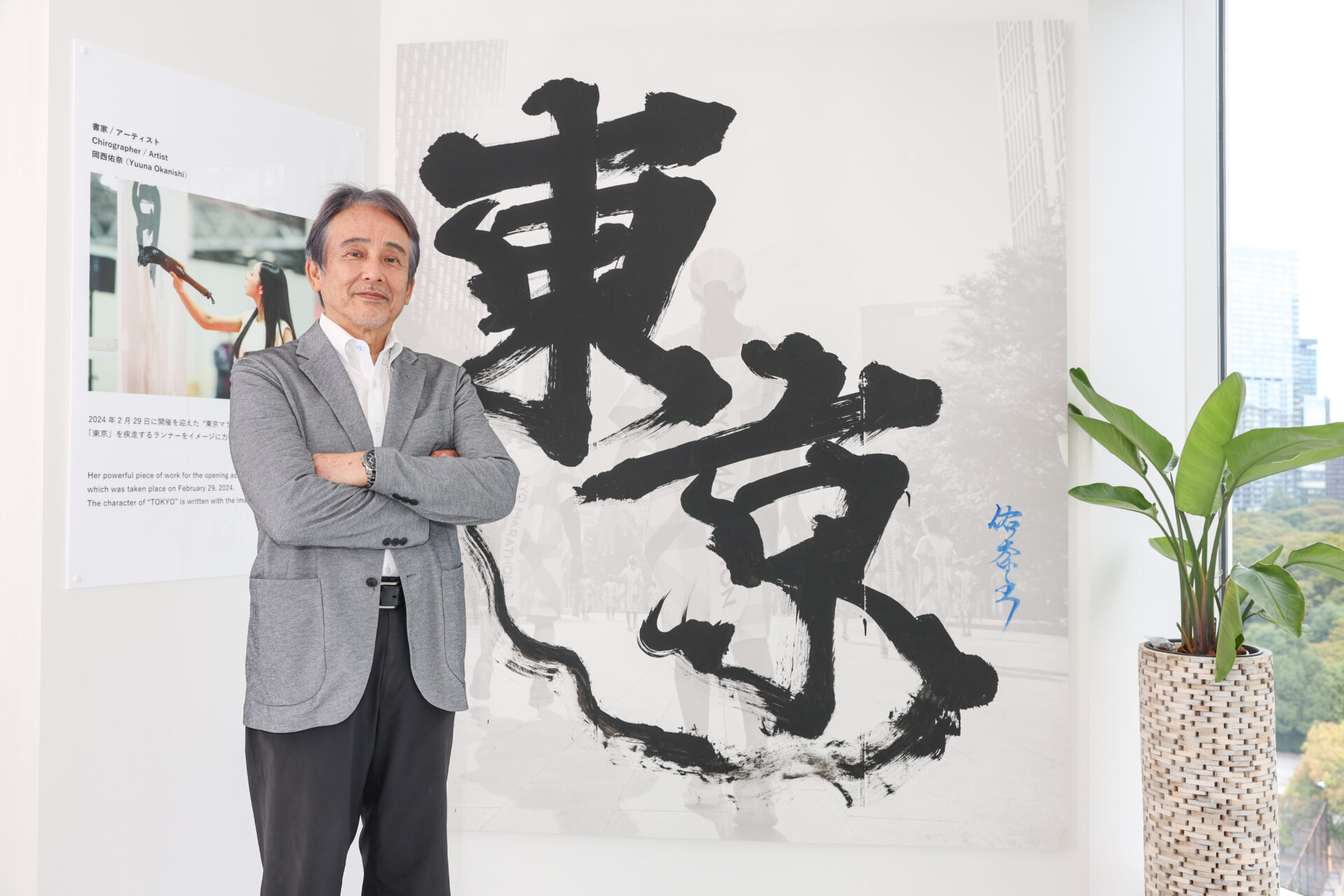
Interview Relay: 42 Stories of the Tokyo Marathon ~Connecting Hearts~
Mr. Tadaaki Hayano, the Chairman of the Tokyo Marathon Foundation, plays a role as a “Starter” of this project.
Mr. Hayano has supported the Tokyo Marathon since its foundation, having held several positions including the Head of Public Relations and Race Director. During the interview on his thoughts on the Interview Relay project, he reflected back on the history of the race since its kick-off, its growth process and factors that contributed to its significant development in roughly two decades, as well as shared his views on the future of the Tokyo Marathon. Enjoy the full interview.
Walked together with “The Day We Unite.”
–First of all, could you take us back to early days of the Tokyo Marathon in 2007, its history and concept?
Sure. It began out of a desire by the Japan Association of Athletics Federations (JAAF) and the Tokyo Metropolitan Government to create an urban marathon like those in New York and London. In Japan there have been already elite races, like the Fukuoka International Marathon, but there was not any urban marathon open to citizen runners. In Tokyo, there is the Ohme 30 & 10 km Road Race, but it is neither a full marathon nor an urban marathon. That’s why the JAAF and the Tokyo Metropolitan Government had a strong desire to create a New York-type marathon. In addition, while JAAF had an intention of improving international competitiveness in the area of marathon, Tokyo Metropolitan Government wanted to use it as a part of its city promotion where a number of runners and tourists visiting Tokyo from all over the world and local residents are deeply impressed and exposed to tourist spots in Tokyo and various other events held together with the marathon, as well as to make it as an opportunity where they could enjoy the attractive features of Tokyo in which sports and culture are fused. Then, the two came to an agreement to develop an urban marathon.
–What was it like in the early years of the Tokyo Marathon? Do you have any interesting episodes to share?
Initially, we were figuring out things as we went along, exploring what it meant to hold an urban marathon. I’d lived overseas for eight years when I was working for a sporting goods manufacturer, and therefore I had known about urban marathons, so after joining the organization as the Head of Public Relations a year before the Tokyo Marathon, I’d focused on what aspects of the marathon I should emphasize. Urban marathons require major financing, so we had to boost the event from that perspective, too. Therefore, I was in charge of both public relations and marketing. That whole concept hadn’t really taken hold yet in Japan, and I knew that it was an area where I could contribute to the organization, so that was the spirit I went into it with. Now, looking back, I feel that this was the starting point that has led to the current recognition of the Tokyo Marathon as a major marathon, different from other domestic marathon races.
–After the first Tokyo Marathon was held in 2007, did you have some sort of vision for the future?
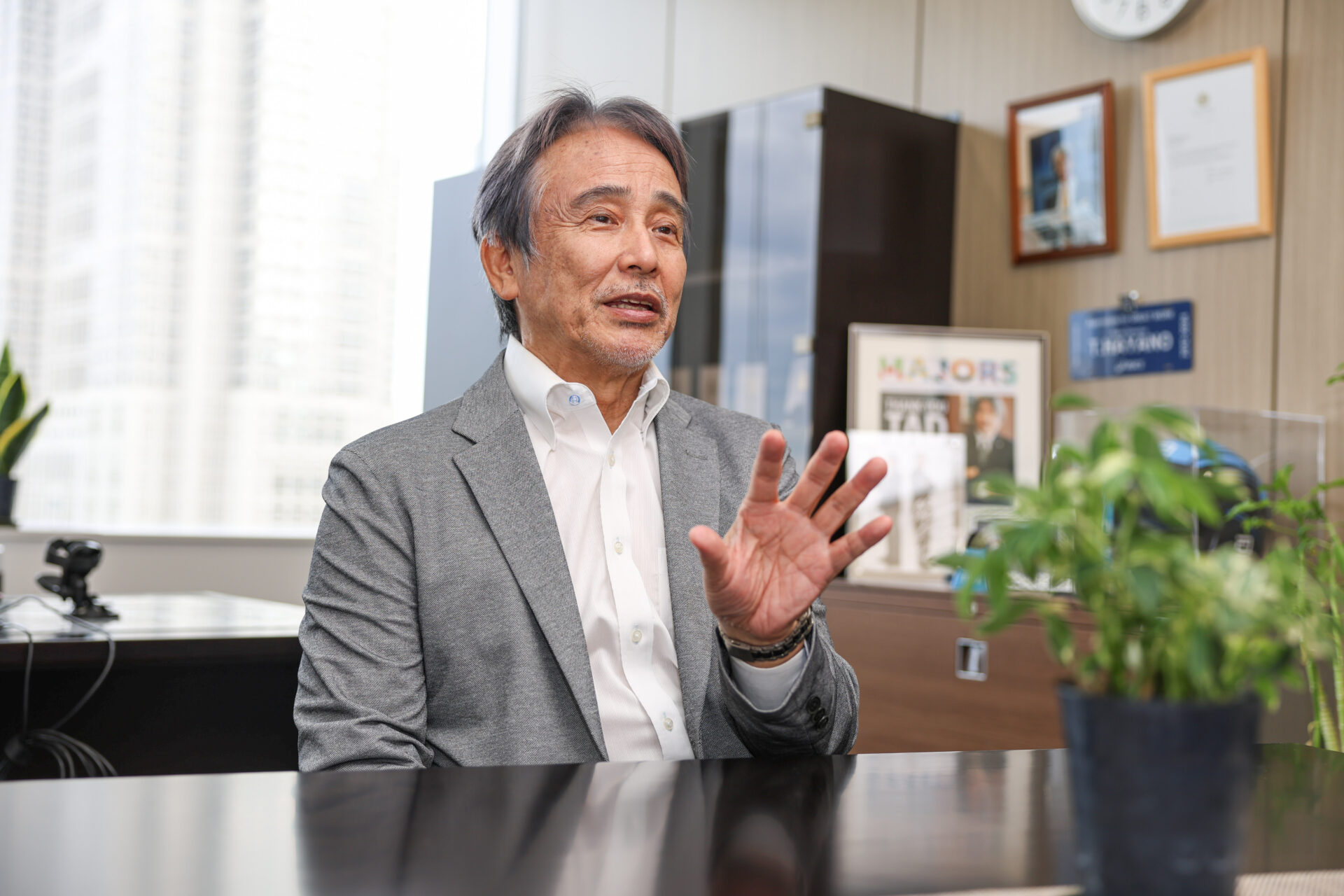
After the first marathon, this one particular phrase came to my mind: “The Day We Unite”. The 30,000 runners which was then the enrollment limit of the marathon each had their own stories, and together with the people who cheered from along the course, the volunteers, partners, staff members and other stakeholders, I felt that the Tokyo Marathon was “The Day We Unite.”. I talked about it to my fellow members, and they all thought it was a great phrase, so since the 2008 marathon, the phrase “ The Day We Unite” has becomes established.
After having held the 1st, 2nd and 3rd marathons, we made a catchphrase of “SHOW YOUR STORY” for the 2020 Tokyo marathon, to elicit stories from those involved in the marathon in various capacities. We called out to people “what sort of stories you would show to us” in the Tokyo Marathon which is a premium stage.
We clearly saw each and everyone’s story colored in the Tokyo Marathon’s overall themes of “Joy of Running,” “Pride in Supporting” and “Delight of Cheering,” which have been used since its very first year and such stories tied to the phrase of “The Day We Unite”. Runners all have different motivations and backgrounds, and there is not any age or gender difference, what is now called diversity. To reflect this, for the 10th year of the race we created a race logo which is a tapestry-like symbol mark where lines of various colors, angles and widths are lied over one another.
Each person in the Tokyo Marathon has a drama as “SHOW YOUR STORY”, and taking a step back, we realize that various emotional moments, joy, struggle and support are lied over one another on “The Day We Unite”. In sum, I feel that I have walked together with the phrase.
–So the biggest change in Tokyo since the start of the Tokyo Marathon is that once a year, there is “The Day We Unite.”?
That’s right. It has become a seasonal tradition, held each spring. While top runners compete against each other, citizen runners enjoy running. It’s a festival-like day. I think that’s the essence of the Tokyo Marathon.
In 2013, the Tokyo Marathon became one of the world’s major marathons (Abbott World Marathon Majors). Our efforts to get it adopted as a major world marathon began in 2010. The image of the Tokyo Marathon at the time was like a short isosceles triangle—despite a growing popularity among citizen runners, the race time recoded by elite runners showed little growth. So, we made significant financial investments, inviting top runners from across the globe to the race resulting in the elevation of the vertex point of the triangle, so that to transform the short isosceles triangle to a larger equilateral triangle. I think we’ve achieved to show this ideal image in today’s Tokyo Marathon. The base is broad, and the vertex point is high. We had imaged that the Tokyo Marathon would be like that from the start.
The three pillars through which the Tokyo Marathon aims to become the best marathon in the world.
–How have you thought of the values of the Tokyo Marathon from the start?
We hold the race basically for citizen runners. We have been thinking what we can do so that people would want to run the Tokyo Marathon. We all have ambition and want to have extraordinary experience in addition to our daily lives. I think the Tokyo Marathon allows us to do so.
To do that, we have focused on branding and have been always one step ahead of everyone else to propose new things. Such includes a surprise of “the amazing runner is coming!” in the elite field, or surprising, fun, exciting experiences through volunteering, hospitality and EXPO. Or, there might be people who struggle and are so close to give up the race at the 30 km mark, but who push through and want to celebrate themselves. We’ve worked hard for all these years to make the race with a variety of stories behind the scenes.
–Now we would like to ask you about the future of the Tokyo Marathon that you have aspired? As the Tokyo Marathon will celebrate its 20th anniversary in 2027, the three pillars were set: “The safest and most secure race in the world,” “The most exciting race in the world,” and “The warmest and most friendly race in the world.” Please elaborate.
With each year, especially after 16th or 17th race, the Tokyo Marathon has gone beyond being just a race, contributing to the city promotion which was a part of the initial objectives as well as tourism including the area of social contributions and charity volunteers. The marathon’s economic impact now exceeds 52 billion yen. The Tokyo Marathon Foundation began with a project scale of about 1.6 billion yen, and that has now grown to roughly 5.9 billion yen. As a result, it has become a world-class race.
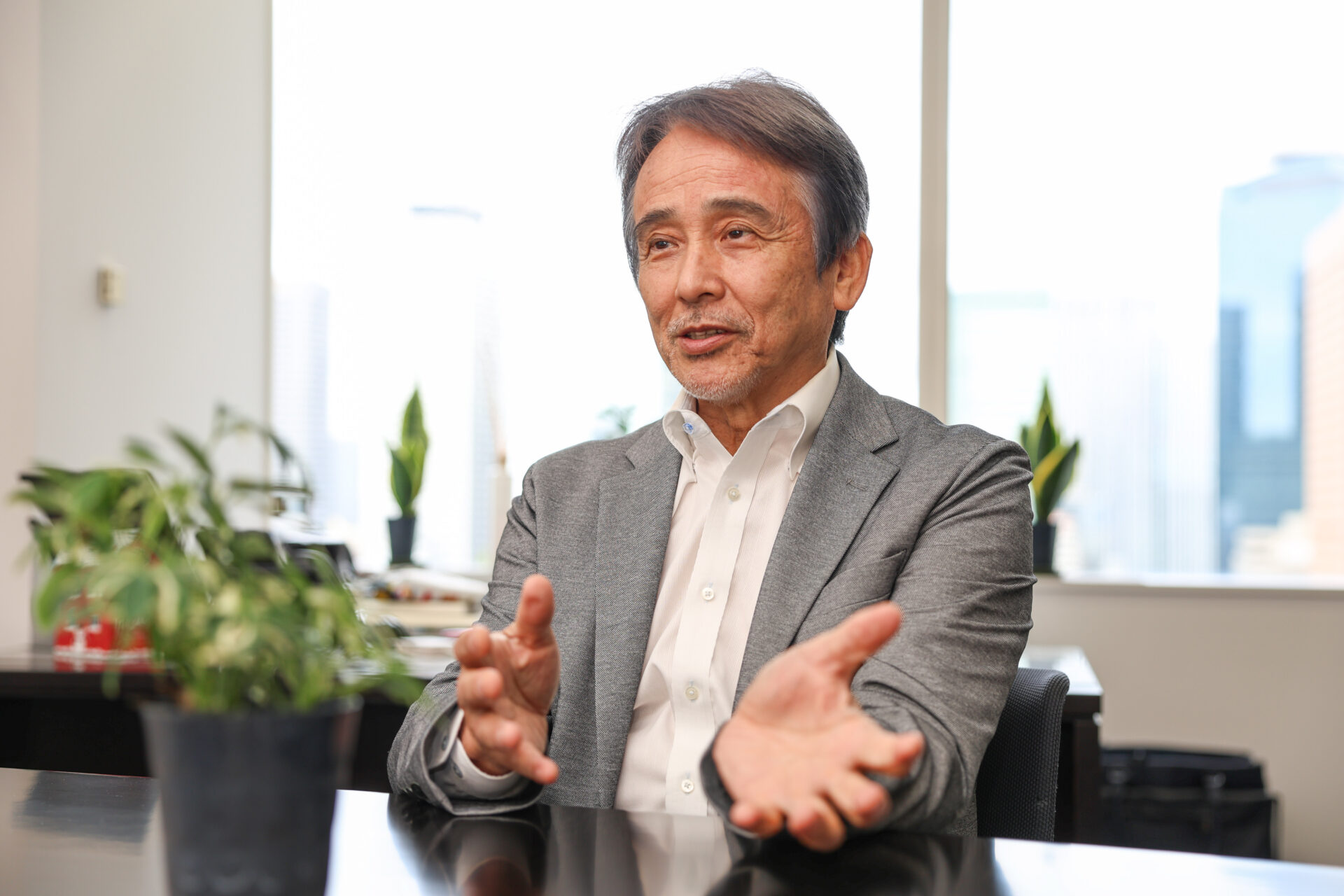
At present, I feel that the Tokyo Marathon is within the top three of the six world major marathons. Of course, it also features the excitement of the community, the detailed hospitality which is unique to Japanese people, and the city itself is attractive and has a lot to offer. Every year, many people come from overseas to run the marathon. In 2024, roughly 14,000 out of the 38,000 runners in total came from abroad. We expect that number to rise even higher in 2025. This reflects the growing reputation the marathon has established worldwide. Then, we want to be the number one. Well, then a question comes up, the number one based on what? To answer that, we set clear targets as defined in the three pillars.
First, it is to be “The safest and most secure race in the world.” The key here is the creation of multiple layers of support through, for example, our first aid system. There have been examples in the past of accidents during the course of the Tokyo Marathon in which people’s lives were saved thanks to the speedy first-aid support.
Second, it is to be “The most exciting race in the world.” It includes the excitement of being able to run the same race as Olympic medalists in the elite field or of high-level runners who may break world record. Or, it may be the impressive experience of being able to finally run the Tokyo Marathon after not winning a lottery for many years. We aim to make our marathon be number one in the world for having these exciting scenes.
And, of course, we want people to see and feel the warm, friendly aspects of the Tokyo Marathon by experiencing the wonderful hospitality of our volunteers and to recognize how it contributes to society as a whole through its charities.
If we strive to become the number one in the world in each of these pillars, in 2027 people may just say that the Tokyo Marathon is the best in the world. We aim to do the triple jump as we often describe it as a “hop, step and jump” in 2025, 2026 and 2027, respectively. The 2025 race will be the first step of this process. All of the members of the Tokyo Marathon Foundation have been making their utmost to gradually get to this goal.
Our initial goal was to become one of the world major marathons, but in order for the race to be more valuable for participants and the city, a clear goal is needed. So then let us aim to be the number one in the world. Then a question comes up, “the number one based on what?” That’s where these three pillars come in. We’re constantly adding new measures aligned with these three pillars, so that runners and spectators will naturally feel and say that the “Tokyo Marathon is the best in the world.” This is the number one we are aiming for.
–What kind of message have you shared through the Tokyo Marathon?

In 2020, due to the COVID-19 pandemic, we held a marathon for elite runners only. In the 2021 marathon, we reduced the number of participants and eventually postponed the race for a year. Reflecting our thoughts, we called for everyone to come back to Tokyo, under the slogan of “The Day We Unite, once again.” Then in 2023, we resumed our full-sized marathon, under the slogan of “ONE STEP AHEAD.” What this phrase means is, on a physical level, to let us take one more step forward, and beyond the marathon being simply a race, on a conceptual level it’s about increasing competitiveness and our desire to be involved in bringing people happiness, at a deeper level. It’s about taking the value of the marathon a step beyond as an event.
The first of these steps is illustrated in the 2024 marathon theme of “Tokyo, My favorite place…” This isn’t just about running in Tokyo; it can be like the food was good or the city had a great view. It can be like “Tokyo, My favorite place to eat,” “My favorite place to visit,” or even “My favorite place to live.” It is the message from us that we want people to feel whatever the word comes to their mind after running the Tokyo Marathon. A significant number of runners that is 38,000 runners take part in the marathon. What they think and feel as they run, and the feelings they have as they head back home, will differ from one person to another.
We selected different catchphrases each year and have consistently conveyed the message where relevant people would resonate in the Tokyo Marathon and participants would feel a positive change in the society.
The goal is to create happiness
–Do you already have a vision for the years beyond 2027?
I often use the expression “Fusion Running.” You can fuse anything you like with running. Perhaps it is the delicious taste of beer after running. Perhaps it is being complimented on your running wear. That’s your “Fusion Running.” You can fuse running with fashion, with music, with beer, with travel…the possibilities are limitless. “My running is fashion.” Sounds good. “I like going to that one restaurant for chicken after running.” There are lots of people like that. We want to extend this kind of running with high degree of freedom, in which citizen runners can enjoy and feel satisfied, while taking on challenges and then celebrate their achievements.
We, together with our partners, support these runners who stand in the center of this concept from all kinds of directions, be it fashion or travel or nutrition. As a result of extending our horizon as seen in the flexibility in creating happiness for individuals as well as marketing aspects where B-to-B businesses are generated, we have achieved the business scale I mentioned earlier. The scale of the charities has also grown tremendously.
People can find happiness in little things in the society supported by ICT and AI technologies such as that we can check the state of our cats via smartphones, which is convenient and efficient. But no matter how convenient the world becomes, it does not mean anything if we are not healthy. I find a society with music, art, sports and the like a wonderful one and think that happiness can be found in these ordinary things. That’s why as part of our “Fusion Running” concept, in the 2023 Tokyo Marathon we fused sports and music, and in 2024 we enjoyed fusing sports and art. Again, people feel happy by being surrounded with the world of music, sports and art. Creating such a world and bringing people happiness are the goals that the Tokyo Marathon will aim for in the second and third generations.
–Creating happiness. That’s an epic goal.
No, it may sound so but I don’t think so. It’s actually what the Tokyo Marathon has already been engaging. For charities, there may have some people who applied simply because they wanted to have the right to run the race, but if they receive letters from children who are supported by those charities, they must feel happy. With the accumulation of these experiences, we are slowly getting to the essence of charity. In a society with mutual aid, efficiency, wellness and welfare, people can feel happiness. In order to create such holistic world, we have been mapping out and multiplying various combinations. It’s hard to explain what people want by instinct or feel impressed, and it is hard for AI to know that I think. I hope to produce and stage such experience in the Tokyo Marathon.
–What “My Tokyo Marathon is…” is for Mr. Hayano.
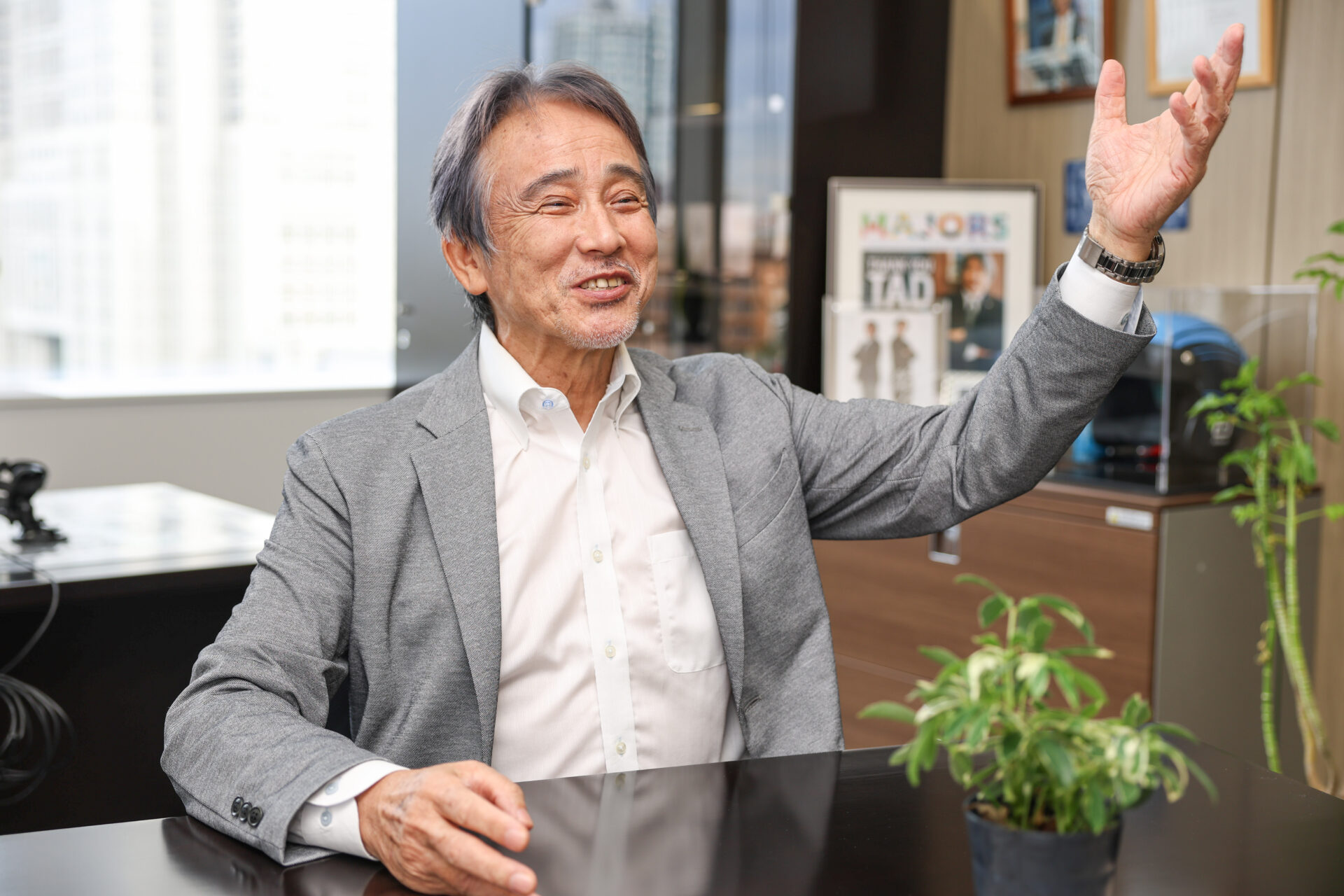
–Earlier, you mentioned that there is a growing number of runners from overseas year by year. Why do runners from overseas and across Japan, want to run in Tokyo? How do you see it?
People from overseas often praise Japan for its food, the kindness of its people, its safety, the clean cities, punctual arrival of trains, and the like. So I’m not under the impression that the marathon alone is what’s drawing runners from around the world. I think foreign runners come to Japan to run to “Fuse Travel” or to “Fuse Experience.” There are runners who have thought “Since I’m going to run the Tokyo Marathon, why not bring the family along on a family vacation and by doing so we’ve come across and enjoyed the cuisine and hospitality.” Experiences like this have led people around the world learn about Japan’s qualities. I think this is the outcome not simply of the Tokyo Marathon but of the combination of the marathon with the city promotion.
From an urban planning perspective, there aren’t many other areas that could do the same as what the Tokyo Marathon does. The Tokyo Marathon Foundation is considering the provision of consulting service related to various events as a new area of business. We’ve been already receiving quite a few inquiries. We’ll act as a portal, sharing information about other interesting marathons in Japan to people who come to or have applied for the Tokyo Marathon. Such alliance would lead to the improvement of all the domestic races, resulting in an increase in the number of runners and the extension of healthy life expectancy. Once we accomplish that, I’d like to pass on the baton to a successor of the Foundation in the next generation.
–You’re the first one, the “Starter” of this Interview Relay project. What kind of message would you like the coming 41 people to connect to or convey?
We’re working with the aim that “The Day We Unite” keeps evolving year by year. As the Chairman of the Foundation, I’ve talked about the Tokyo Marathon’s past and its future vision. I am sure there is a plenty of “good” ideas out there which we could never think of. We are hoping to create the Tokyo Marathon together with everyone, so it would be wonderful if all the stakeholders give candid opinions from different perspectives, generating an opportunity for further development.
–In closing, what does the Tokyo Marathon mean to you, Mr. Hayano?
I’ve had a lot of different experiences in my life, and sports have always played a main role. I believe that our society could become even better as sports consistently come into the center of the society. It may sound like an exaggeration, but I am proud to state that the Tokyo Marathon now has become the important factor in Japanese society. What we have implemented in the Tokyo Marathon every year as a means to support happiness of people, is the masterpiece of my career. I hope that you will use it as a platform to create your own stories and also as a stage to perform “My Tokyo Marathon” rather than as the masterpiece of my own.
The Tokyo Marathon simply provides a safe, exciting and welcoming premium stage. I hope that you will use the stage to create and edit your own stories. That’s the message from me to you who will take part in the “My Tokyo Marathon is…” project. What we have done to provide the wonderful stage to you is also the masterpiece of my work. I look forward to stories created and edited by you. “SHOW YOUR STORY.”





